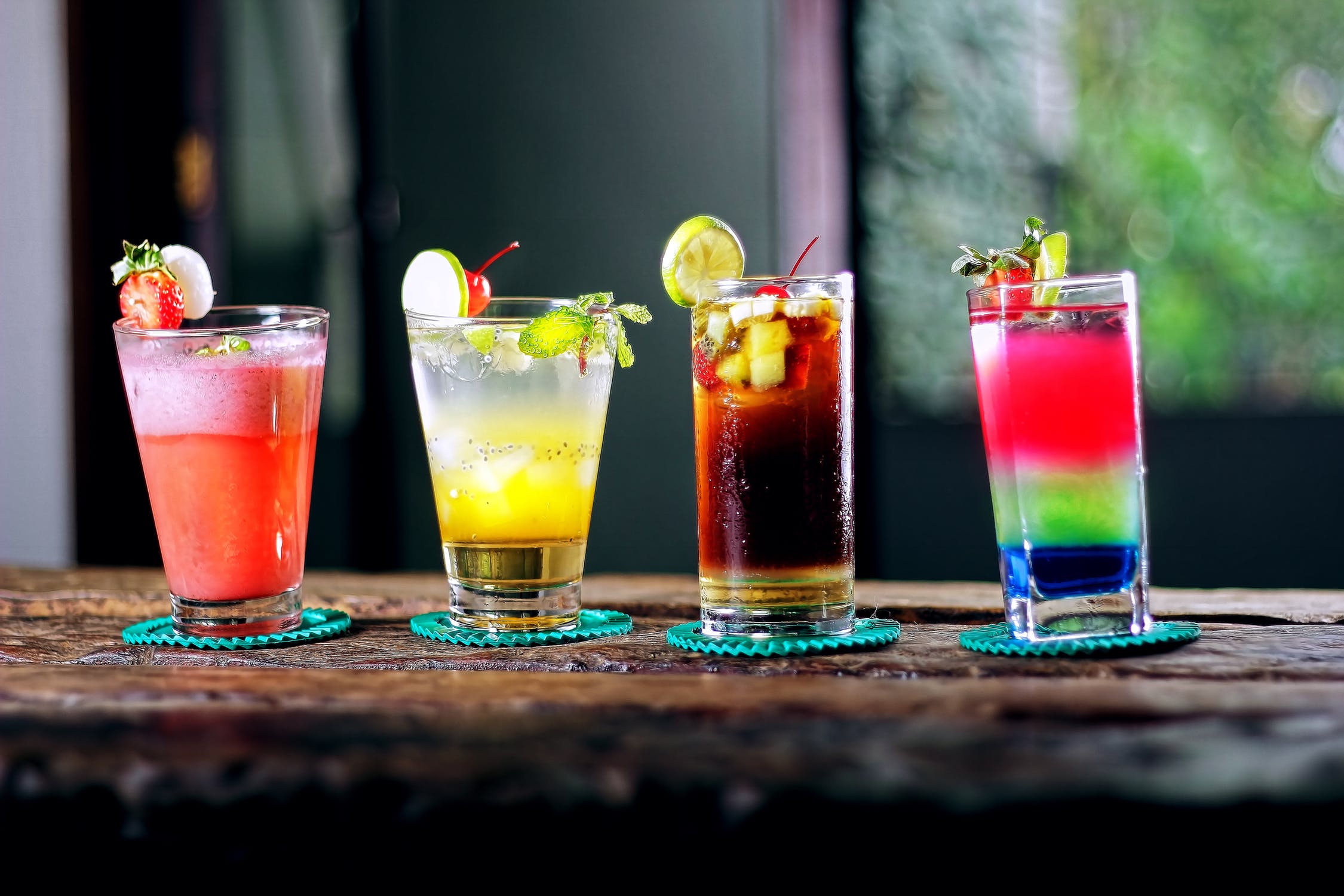
As for Italian producers, aside from Martini & Rossi you should know about Carpano, Cocchi, and Cinzano. Some French vermouth producers you should know include the aforementioned Noilly Prat, Dolin Vermouth de Chambéry, and La Quintinye. Sweet (typically dark amber or red): Sugar more than 130g/L Notable Vermouth Producers The amount of sugar in each category below is a better indication of the sweetness levels:Įxtra Dry (typically pale): Sugar less than 30g/Lĭry (typically pale): Sugar less than 50g/L For this reason, ordering by color isn’t a perfect system. Although there are some outliers using red wine in red vermouth production, more often than not, the coloring is added via caramel-coloring which is allowed for any style. Martini & Rossi Bottles / Photo Credit: Martini & RossiĪlso, it may interest you to know that most vermouth is made with white wine, even red vermouth. Keep this in mind when reading cocktail recipes as some will call for a color rather than the sweetness level. Stylistically, bianco is a semi-dry vermouth that is clear or amber-colored.

Red vermouth is even more sweet than amber. Generally, pale-colored or off-white colored vermouth is drier than amber-colored. The more dry a vermouth is, the less sweet it is. Often vermouth will be noted for its color, but more important is the sugar level of the vermouth. These days, classic brands such as Noilly Prat and Martini & Rossi make a range of styles. In this case, you would use dry (white) vermouth for French and sweet (red/rosso) vermouth for Italian. In older cocktail books, you may see French or Italian vermouth being called for. Expect more transparency from newer brands, especially in the US. Most vermouth producers are secretive with regards to their exact recipes and methods of production, but occasionally a brand will be open with this information. You can expect most here in the States to meet these qualifications. This is not required for any of the vermouth styles, however.įurthermore, its alcohol-by-volume (ABV) ranges from 14.5-22%. Some producers age part, or all, of their vermouth, usually for just around a year or two. In fact, the color is often obtained by caramelized sugar, not the type of wine itself.Īs for the botanicals, they can be added at any point via maceration or distillation, or both, either to the wine or to the spirit used to fortify the wine. Grape must or partially fermented grape must (Mistelle wine) can be used as the sweetener. The vermouth is fortified, typically with brandy or beet sugar distillate. This is sourced (unless a winemaker decides to make their own brand of vermouth). Vermouth must be at least 75% wine, according to the EU. There isn’t a specific criteria for how vermouth is made, but there are some generalities to know. In fact, the use of wormwood is how vermouth got its name, but for some reason the EU doesn’t require this specific species–any in the genus is fine.īy the way, the US regulations only require that vermouth be an aperitif wine that has “the taste, aroma and characteristics generally attributed to vermouth.” There’s no mention of Artemisia anywhere, so many US producers leave it out. For most producers, Artemisia absinthium (more commonly known as wormwood) is the go-to. For vermouth, the primary bittering agent according to the EU must be Artemisia genus. Vermouth differs from these other fortified wines in that it is also flavored with things such as herbs, spices, fruits, roots, and other botanical ingredients thereby “aromatizing” it. Other types of fortified wines you might’ve heard of–especially if you’re a whiskey fan–include sherry, port, and Madeira. That means that brandy or another type of spirit is added to the wine to “fortify” it it’s a method used to extend the life of a wine. But what does that mean? First, it’s a type of fortified wine. To begin with, vermouth is not a spirit, rather it’s an aromatized wine.

Defining Vermouthīefore we get into the different vermouth styles, we should begin with explaining what vermouth is (and what it isn’t). But don’t worry–we’ve got a little vermouth primer for you which helps to explain the category and its styles. Otherwise, the labels can be tricky to understand. The bottles offer up some idea of what’s inside, especially if you know a little French or Italian. The trouble for the layman shopping for vermouth is figuring out what’s inside the bottle. If you’re interested in stocking your home bar, you’ll want to be sure to stock up on a variety of vermouth styles. But as with other spirits categories, once 21st century bartenders started using quality ingredients in cocktails, vermouth has had a renaissance. Once upon a time one bought a French vermouth ( Noilly Prat) if you wanted to make a Martini and an Italian vermouth ( Martini & Rossi) if you wanted a Manhattan and that was that.


 0 kommentar(er)
0 kommentar(er)
